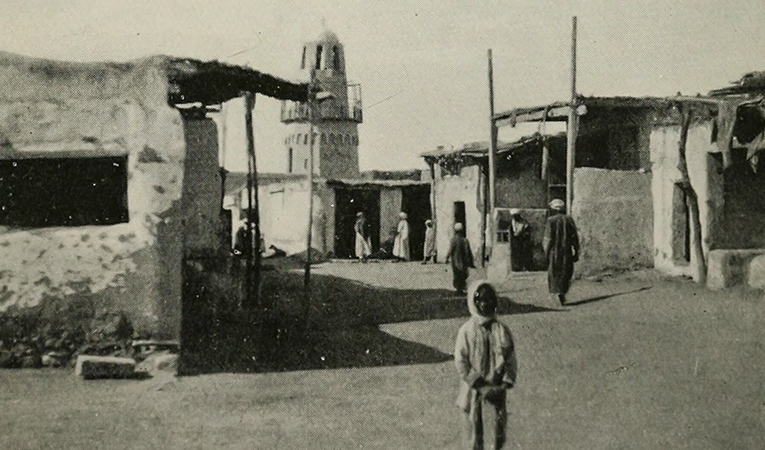The Qoseir city is the oldest cities in the province. it is a city and port in the Red Sea Governorate, Egypt. It is a small open bay from its south-eastern side. It is located 139 km north of Marsa Alam and 73 km north of the Marsa Alam International Airport.It is said that it\s name is extracted from the word “short” due to the fact that it is the shortest link between Upper Egypt and the Red Sea, and in the past, it was the only link between them.
The city’s story has been engraved in ancient history,
from which the history of different Pharaonic or Roman or Ptolemaic. Seven
thousand years ago, the Pharaohs were digging for gold in this city and the way
from the Qoseir to Qena, was called the “path of the gods”.
The city of Qoseir dates back to the 15th century BC,
during the reign of the Pharaonic Queen “Hatshepsut”, which used this coastal
city, which was then called the "Thaglo", as a base for the launch of
its famous sea voyages to the rich country of "Pont”, that believed to
have been the home of Ethiopia or Somalia, now had great spiritual significance
and was an important trading partner with ancient Egypt. In the following
centuries, the name of the city was changed to "Leukus of Yemen", the
"white port", which was an important commercial port in the Roman
Empire. After the conquest of Islam, it became a pivotal role on the path of the
pilgrims to Mecca, and it was the Arabs who named the city with its current
name.
When the Ottoman Empire reached the height of its
glory in the sixteenth and seventeenth centuries AD and conquered Egypt, the
Ottoman “Sultan Selim I” (also known as Salim al-Absis) ordered the
construction of the fortress of Qoseir, to protect the commercial port and
ensure the safety of thousands of Muslims passing through the area, on their
way to pilgrimage. After several centuries, the French Emperor “Napoleon
Bonaparte” realized the strategic importance of the city and sent his warships
to seize it from the sea, but the wind came in what the ships did not desire,
where a powerful wind blew the four ships close to the shore and made it into
the defender's shield fleet. In August of that year, the French fleet was
fortified by the British fleet. The fortress was later rebuilt during the reign
of “Muhammad Ali” Pasha, who used it as a base for his military campaign
against the Wahhabis in the land of Hejaz (Saudi Arabia), during the first half
of the century nineteenth.
By the end of Mohammed's war campaigns on the Hijaz,
the military history page of the city of Qoseir has been called to an end and
the port, overlooking the Red Sea, returned to its old role, as a link between
East and West. But this golden age did not last long, because when the
Suez-Cairo railway was opened in 1850, traders and pilgrims began to use the
port of Suez, because of its easy way to travel. In 1864, the short-lived
famine hit a large number of its population, whose number dropped from 8
thousand to 800 people only. The last strike came when the Suez Canal was
opened in 1869 and the importance of the Qoseir as a commercial city has been
demolished.
One of the most important monuments in the city of
Qusayr is the Ottoman Citadel, which was built in the Ottoman era in 1799. It
is located directly on the sea, the gold mine known as the Fawakheir mine, the
Farran Mosque, which was built during the reign of the Ottoman Sultan Ahmed
III, Meters in the era of the Ottoman Sultan Salim III and located directly on
the sea, in addition to the tomb of Sheikh Abdul Qader Jilani, the old Qusair
police department, King Farouk's rest, the pilgrimage route, and the Catholic
Church in the gold mine, The Church of Our Lady of the Coptic Orthodox Church
established by the Italian company for its workers and originally named the
church of St. Barbara "protector of mines".As well as the tomb of
Sheikh Abi Hassan al-Shazli, which was established in 1892 under the reign of
Abbas Hilmi II.












 All
All
 Politics
Politics
 Economy
Economy
 Tourism
Tourism
 Nature
Nature
 Community
Community

